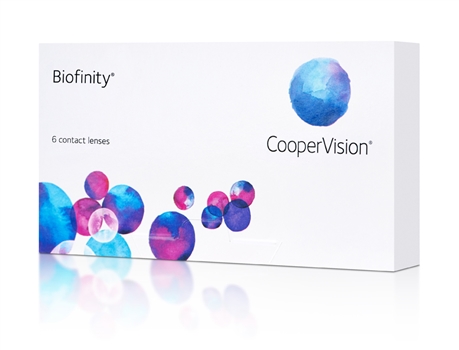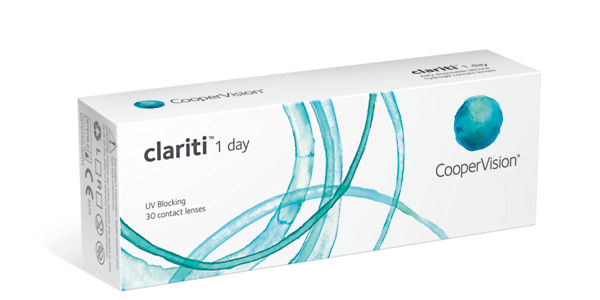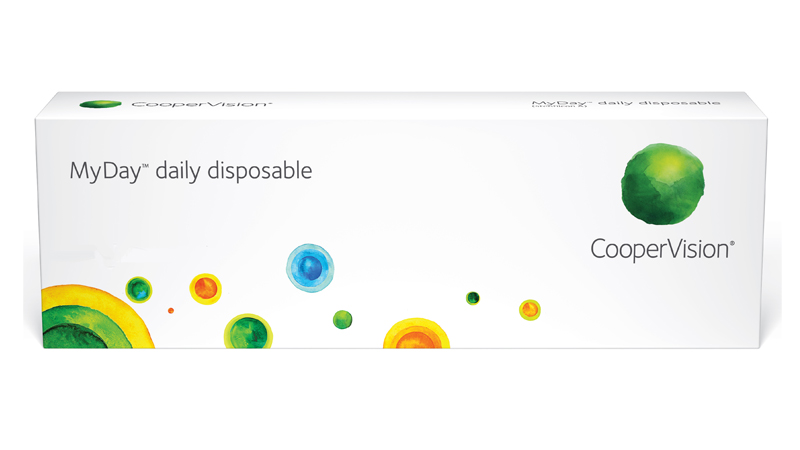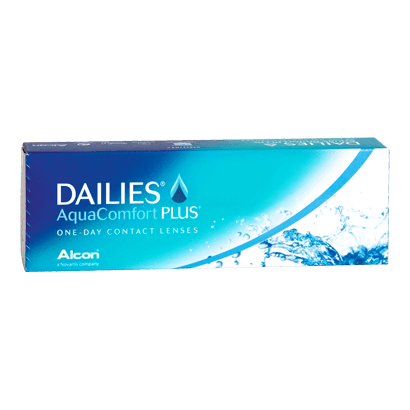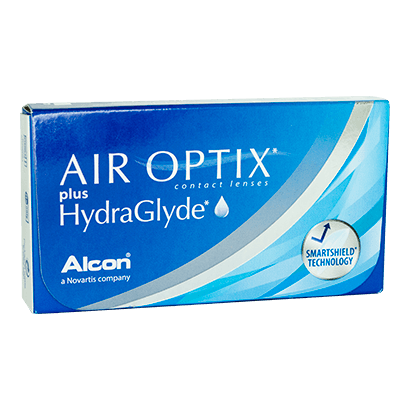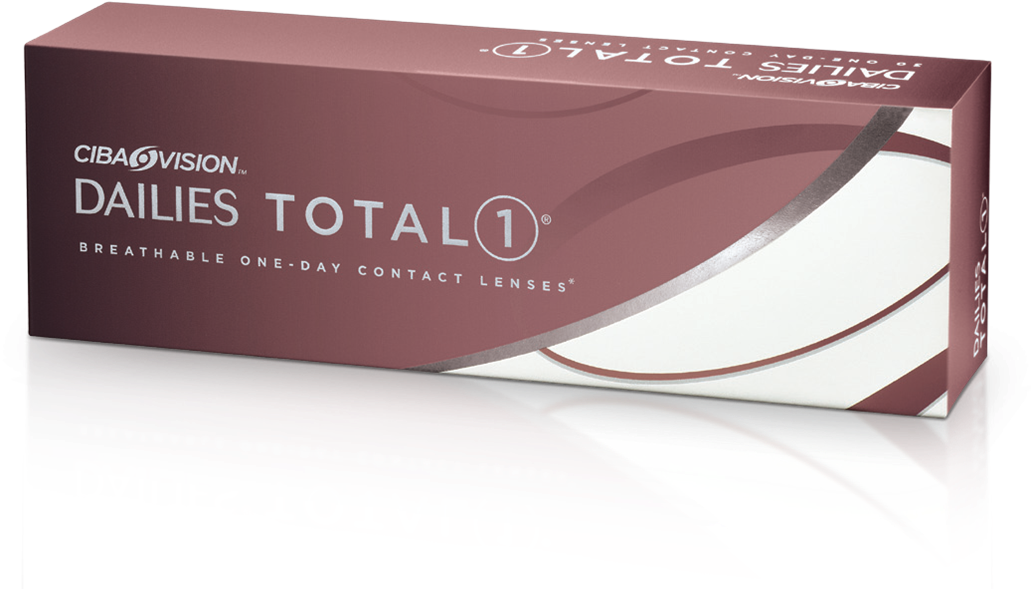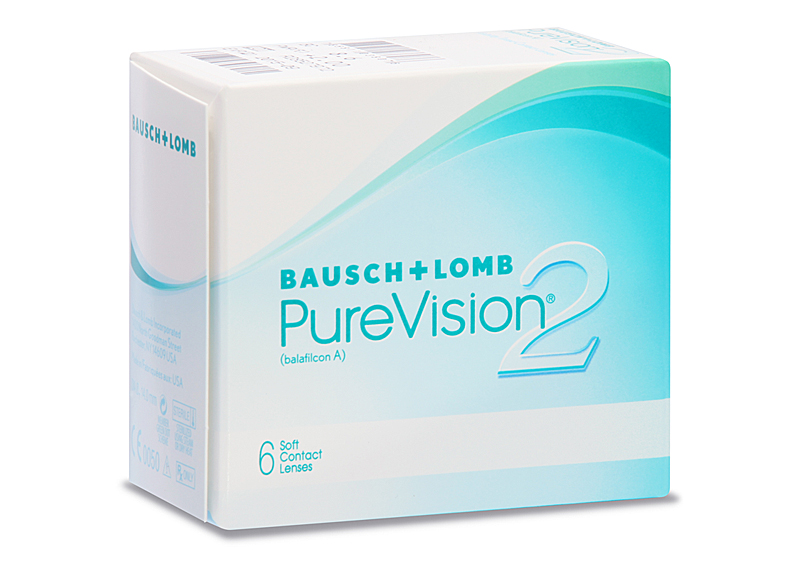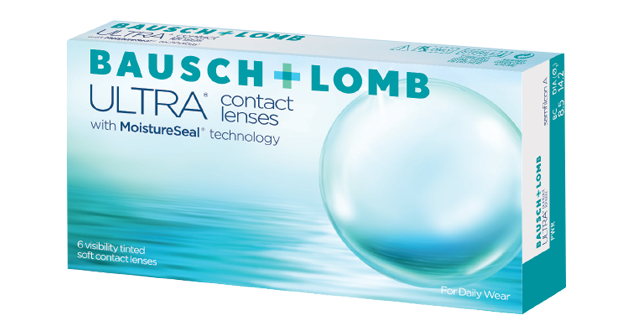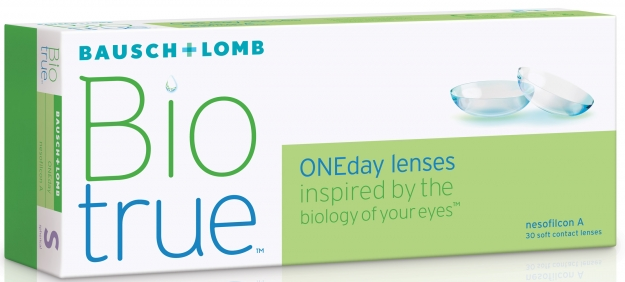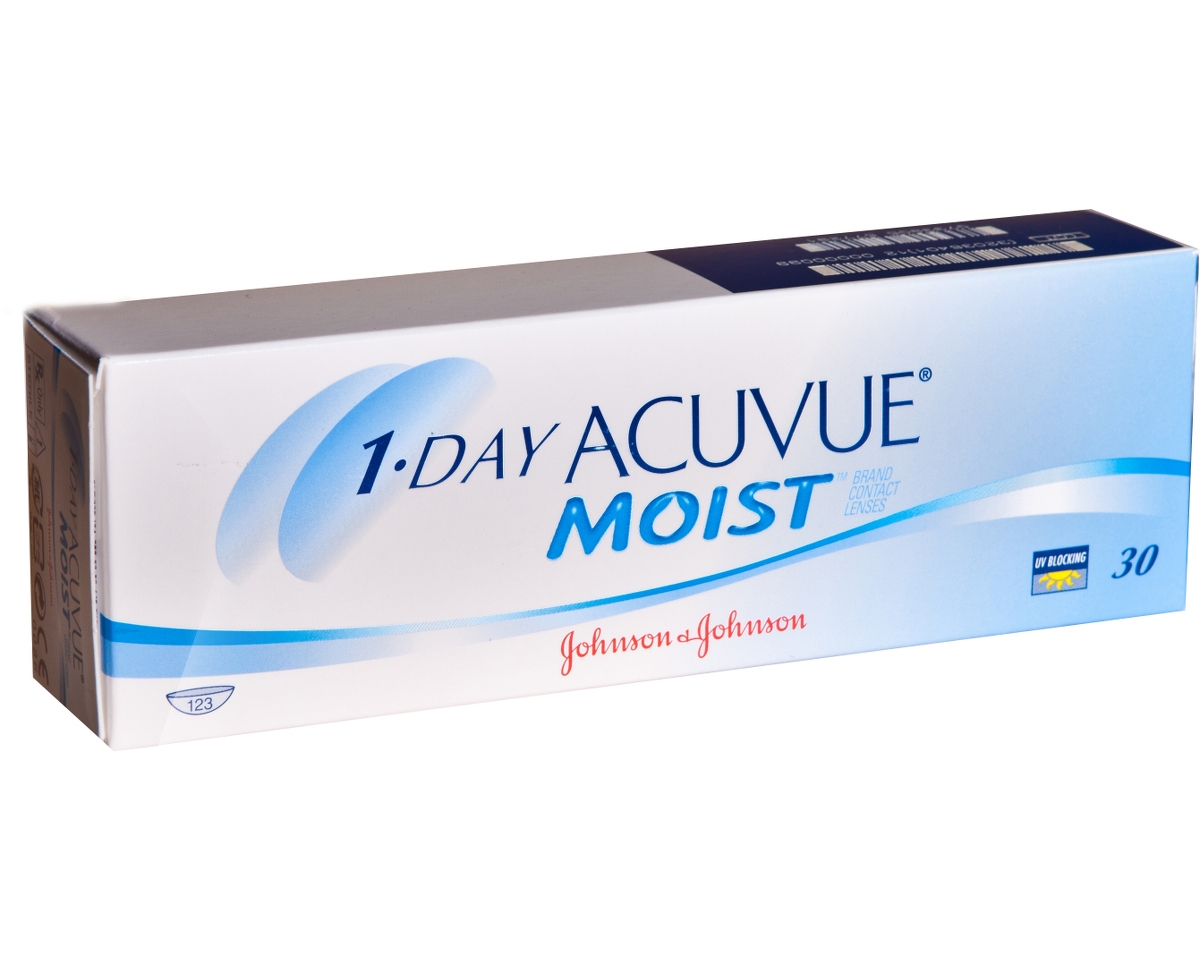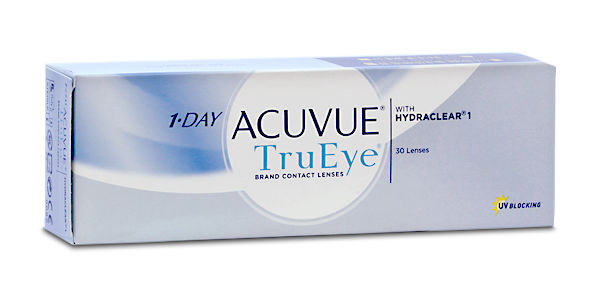
Contact Lenses
Most people who need to wear glasses can wear contact lenses.
There are two main types of contact lenses:
soft lenses which mould to the shape of your eye
rigid gas permeable lenses (RGP lenses) which are fitted closely to the shape of your eye and are less flexible.
Most contact lenses fitted in the UK are soft lenses. They are available as single-use daily, fortnightly and monthly disposable lenses, and more specialist lenses that are designed to last for longer. RGP lenses last longer than soft lenses and are usually replaced every one to two years. This means that they may be cheaper in the long term than disposable soft lenses. Like a fitted leather shoe, RGP lenses can take a little more getting used to than soft lenses, and so are not suitable if you only want to wear lenses occasionally.
If you wear any reusable lens, you will need to use special solutions to clean and disinfect them so that they are safe to put back in your eyes. You do not need to clean of disinfect single use daily disposable lenses – you just throw them away after use.
Can I wear contact lenses if I have astigmatism?
Yes. Toric contact lenses correct for astigmatism issues that arise from a different curvature of the cornea or lens in your eye. This means that if you wear a soft contact lens, you will need a toric lens to see clearly as these take the curvature into account. RGP lenses will be specially designed for you to to correct astigmatic refractive error.
I need to wear different glasses for distance and reading – can I have bifocal or varifocal contact lenses?
When you reach your forties it is common to find that you need a different prescription for reading than you need for distance. This is called presbyopia. This may mean that you need two pairs of glasses, or you need bifocal or varifocal glasses.
There are three main options to correct presbyopia with contact lenses.
You may choose to have contact lenses to correct your distance vision, and wear reading glasses over the top when you need them.
You may have bifocal or varifocal contact lenses.
You may wear lenses to have one eye corrected to see in the distance and one eye corrected for near vision. This is called monovision.
Each of the different options has advantages and disadvantages and your optometrist will help you decide which is best for you.
Are contact lenses safe?
Modern contact lenses are very safe, as long as you follow your optometrist’s advice about how to wear and look after them, and have regular check-ups. It is possible that anything that touches your eye could introduce an infection. To reduce the chance of infection you should always wash and dry your hands before touching your eyes or your contact lenses. Use liquid soap rather than a bar of soap. If you are at home you should try to use your own towel. If you are not at home you should dry your hands with an air dryer or paper towel wherever possible. Never rinse your lenses with tap water, or store your lenses in tap water because this may cause an infection in your eye. You should also avoid showering while wearing your contact lenses.
Can I swim in contact lenses?
We do not recommend swimming in contact lenses. This is because there is an organism that lives in water (acanthamoeba) that can cause a very serious infection if it gets in your eye. If you need glasses and want to see clearly while you are swimming, we recommend prescription swimming goggles. These need not be expensive.
How long can I wear my contact lenses for?
There are many different types of contact lenses available. This means that most people can wear lenses for most of the day. You may find that your eyes look red or feel dry towards the end of the day, so your optometrist may advise you not to wear them for too long. Even if you tried contact lenses unsuccessfully a few years ago, you may find that modern lens materials mean that you can now wear them for longer. Your optometrist will be able to advise if this is the case.
Can I sleep in contact lenses?
Although some contact lenses have been designed to wear overnight, research has shown that sleeping in contact lenses increases the risk of infection. Our advice is to remove your lenses before you go to bed. If your optometrist has told you that you can sleep in your contact lenses, it is important that you know what complications may develop and how to look out for them. You must also be able to take your lenses out in an emergency.
Useful tips for contact lens care
The following tips apply to all contact lens types:
Do:
Wash, rinse and dry your hands thoroughly before handling your lenses
Have an up-to-date pair of glasses for when you need to remove your lenses
Replace the lenses at the interval specified by your practitioner
Have regular check-ups with your practitioner as recommended
Seek professional advice if you are having problems with your contact lenses.
Don’t:
Go to bed with a painful red eye – seek advice immediately
Bring any contact lens into contact with water
Wet your lenses with saliva
Wear your lenses for swimming.
Types of contact lenses
Daily Disposable - These soft lenses are worn once then thrown away. Ideal for occasional wear ie hobbies, sports or when going out.
Monthly - Soft lenses that must be removed and cleaned daily. They are designed to be replaced after one month.
Two weekly - Soft lenses that must be removed and cleaned daily. They are designed to be replaced after two weeks.
Extended Wear or ‘continuous wear’ - Lenses that can be worn for up to 30 days, and allow you the flexibility of being able to sleep in your lenses.
Toric - Lenses have has a different focusing power horizontally to vertically, and as a result can correct for astigmatism. Available as daily, monthly or extended wear.
Multifocal - These lenses will help you if you have a different prescription for distance and reading. This type of lens allows you to see at both distances with just the one lens. Available as daily, monthly or extended wear.







